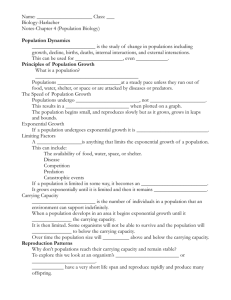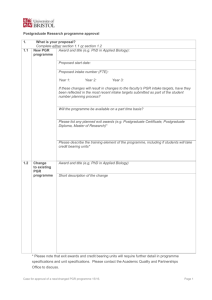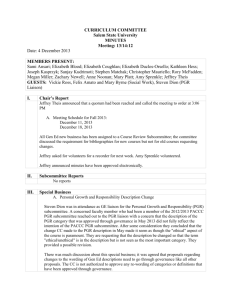Population Clock
advertisement
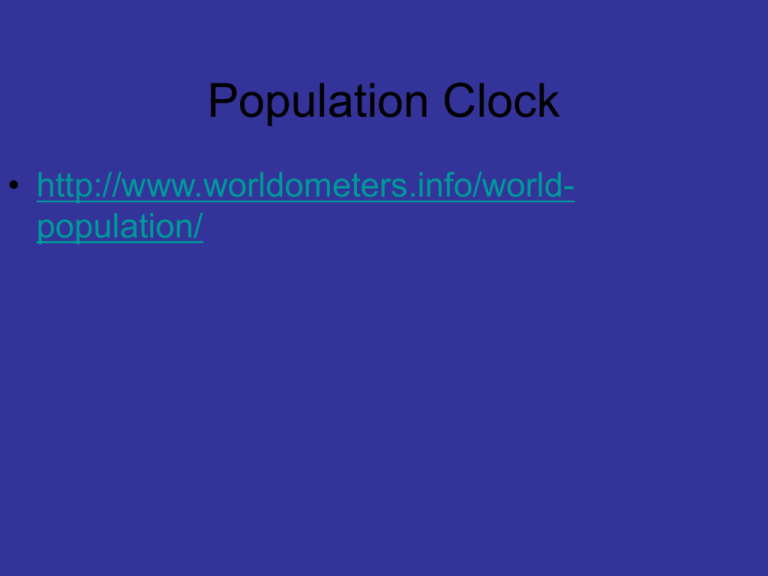
Population Clock • http://www.worldometers.info/worldpopulation/ Human Numbers Through Time: A.D. 0 Taken from Nova online 300 million A.D. 1000 310 million 1800 1 billion 65% Asia, 21% Europe, 1% North America 1927 2 billion 1960 3 billion 1974 4 billion 1987 5 billion 1999 6 billion 62% Asia, 12 % Europe, 12% Africa, 9% Latin America, 5% N. America 2050 Population will more than likely will reach 9 billion people Nearly all growth will take place in developing countries Graph of human population growth • Place time on the horizontal axis (range 1600-2050) • Place number of people on the vertical axis (range 0-20 billion) Year Number (billions) Year 1650 1750 1850 1925 1956 1966 1970 .50 .70 1.0 2.0 2.5 3.3 3.6 1974 1976 1980 1991 2000 2004 2011 Number (billions) 3.9 4.0 4.4 5.5 6.0 6.4 7.0 Questions in your journal 1. If it took 1649 years for the world population to double (from .25 billion people to .50 billion). How long did it take for the population to double once again 2. How long did it take for the population to double a second time? A third time? 3. Based on your graph, in what year will the population reach 8 billion? 4. Based on your graph, how many years will it take for the population of 2004 to double? PGR: increase in a country’s population during a period of time (1 year). PGR = birth rate – death rate + + immigrants emigrants Average Annual Population Growth Rate, 1980-98 Rapid PGR: Africa and Middle East Slowest PGR: Europe and North America Population (shown in millions) 1980: 4.4 Billion 2000: 6 Billion In the past few decades… • Death rates have declined – Living longer in both industrial and developing countries immunization, health care, technology – Avg life expectancy: 78 • Birth rates have declined – Parents are choosing to have less children – Access to family planning – More women starting families later in life * PGR remain high though because birth rates have not fallen as much as death rates Population Growth Rate • PGR have started to decline • But will continue to increase because the population base has become larger. • Growth rates tend to be higher in low and middleincome Population momentum • Phenomenon that occurs when a large proportion of a country’s population is of childbearing age. • Occurs in low-income countries • More than a third of the population is under the age of 15 Why so many children? • Fear their babies may die • Need laborers to work • Ensure that they themselves will be cared for in their old age • Lack access to education and to family planning To reduce fertility rates 1. Greater access to primary health care and family planning services 2. Receive a basic education (esp. girls and women) 3. Have government serviced that help protect them when sick, old, unemployed Are we going to reach a carrying capacity? • Carrying capacity: number of individuals the environment can support over a long period of time • Some say we have already exceeded the carrying capacity • Others say billions more can be sustained on earth • Consensus – World population will continue to grow until after the middle of this century – Peak of some 9 billion – Perhaps declining in the latter years What controls population size? • Density-Independent Factors – Weather, floods, fire – Reduce population by the same proportion regardless of size • Density-Dependent Factors – Shortages of food, shelter – Triggered by increasing population density In groups of 2 or 3, answer the following (in complete sentences) 1. 2. 3. 4. What do you think daily life might be in your town in 2050 when there are 9.2 billion people on this planet? What types of technological changes will be needed to accommodate the world’s growth? What do you think will be the greatest environmental concerns at that time? Do you see population growth becoming a major political issue by 2050? Why or why not? What types of population issues might people be talking about at that time?
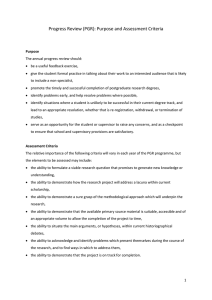


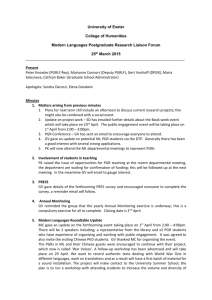

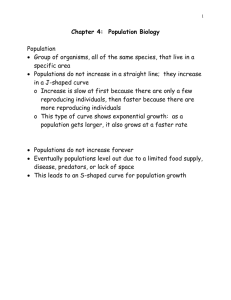
![PGRC Aims [DOCX 6.72KB]](http://s2.studylib.net/store/data/015017315_1-c917645c4855653fe2d213ef20d1b174-300x300.png)


